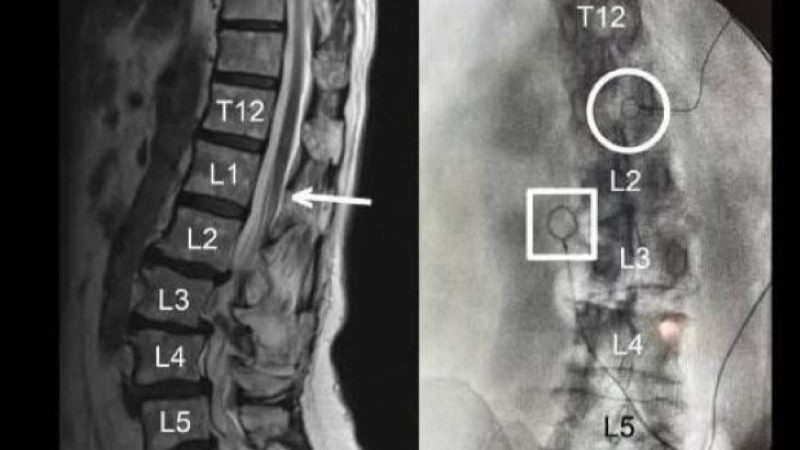
High tibial osteotomy (HTO) patients with preoperative vitamin D deficiency may have poorer postoperative functional outcomes, according to new research.
“The role of vitamin D in the progression of osteoarthritis (OA) has been recognized through an upregulation of vitamin D receptor in degenerated cartilage. High prevalence of vitamin D deficiency in patients with knee OA and [its] progression has also been described,” explained the study authors. They added, “Medial open wedge high tibial osteotomy (HTO) has been performed as the treatment option for relatively young and active patients with an isolated medial compartment OA with varus deformity. It has been suggested that vitamin D deficiency has a negative effect on outcomes following total knee arthroplasty (TKA), while the effects of vitamin D levels on functional outcomes in patients undergoing HTO has not been reported.”
This retrospective study registered data on 209 HTO patients (327 knees) treated by a single surgeon; 94 patients (94 knees) were ultimately analyzed. Patients were stratified into two groups based on preoperative serum vitamin D level: deficiency, defined as 20 ng/mL (group D; n=48); and sufficient, defined as ≥20 ng/mL (group S; n=46). Preoperative and one-year postoperative outcomes from a subjective form of International Knee Documentation Committee (IKDC) score, mechanical alignment, and cartilage status were examined.
Vitamin D Deficiency Leads to Poorer One-Year HTO Outcomes
Group D had an average serum vitamin D level of 14.1 ng/mL, compared to 28.1 ng/mL in group S; other than these levels, the groups did not have any other statistically significant differences in serum calcium and albumin levels.
Mean postoperative mechanical alignment was valgus 3.3 degrees in group D and 2.7 degrees in group S, which the researchers said was not a statistically significant difference; angle correction was also not largely different between the groups. Preoperatively, groups S and D had similar IKDC scores, but postoperatively, group S had a significantly higher IKDC score than group D (53.3 vs. 45.8; P=0.012); group S also had a much higher difference between pre- and postoperative IKDC scores than group D (21.4 vs. 14.0; P=0.006). There was not a large association between serum vitamin D level and preoperative IKDC score, and a weak relationship was observed between serum vitamin D level and postoperative IKDC score (r=0.342 and P=0.001). Serum vitamin D level was weakly associated with postoperative improvement of IKDC score (r=0.381 and P<0.001).
The study was published in BMC Musculoskeletal Disorders.
“The main finding of the current study shows that patients with vitamin D deficiency had less satisfactory postoperative functional outcomes at 1 year following HTO compared to patients without vitamin D deficiency,” posited the study authors. They concluded, “Our result suggests that preoperative serum vitamin D level is one of the factors affecting functional outcomes after HTO. Special attention to Vitamin D levels must be taken during perioperative work-up in patients undergoing HTO surgery.”







 © 2025 Mashup Media, LLC, a Formedics Property. All Rights Reserved.
© 2025 Mashup Media, LLC, a Formedics Property. All Rights Reserved.